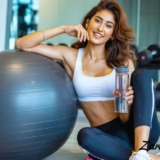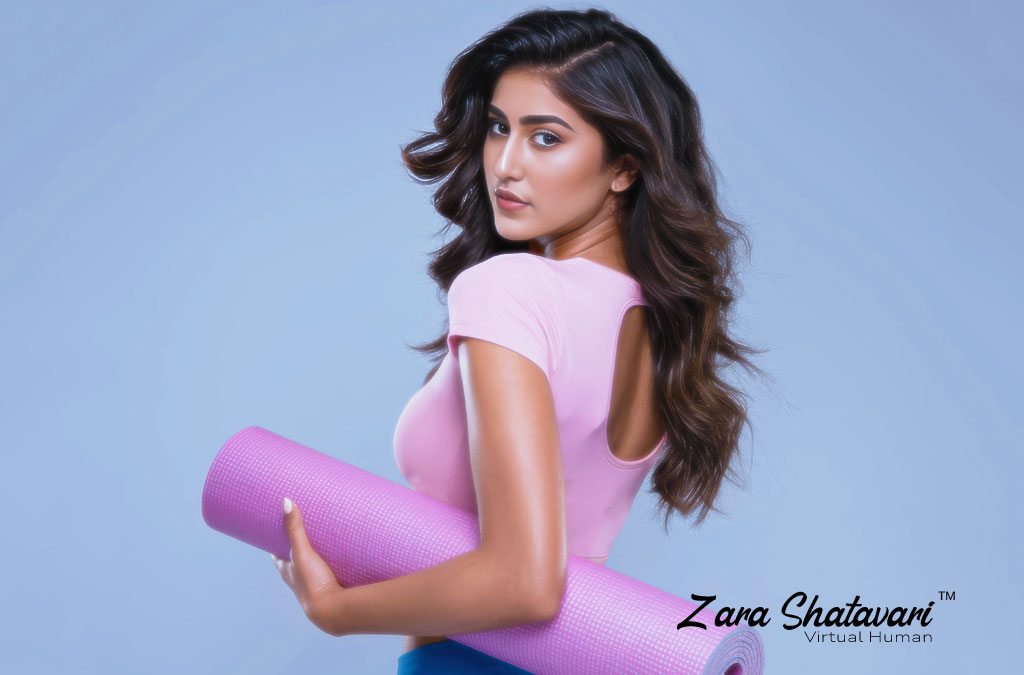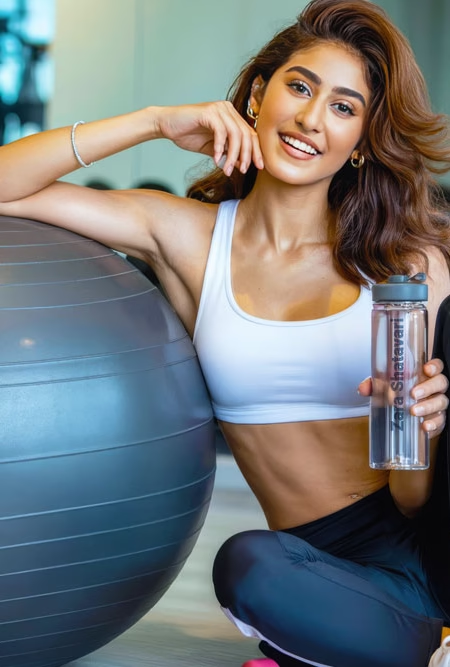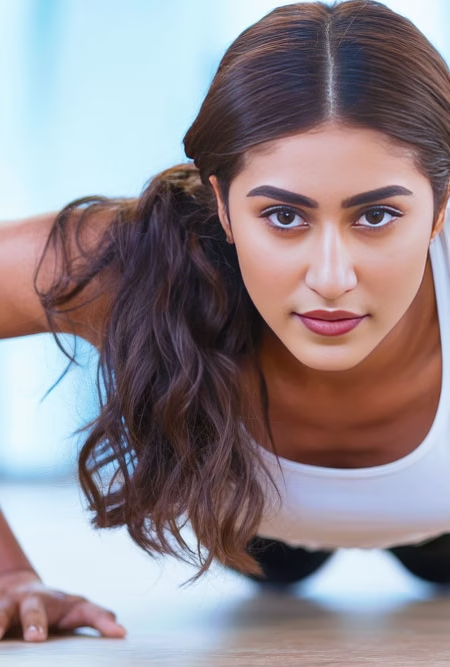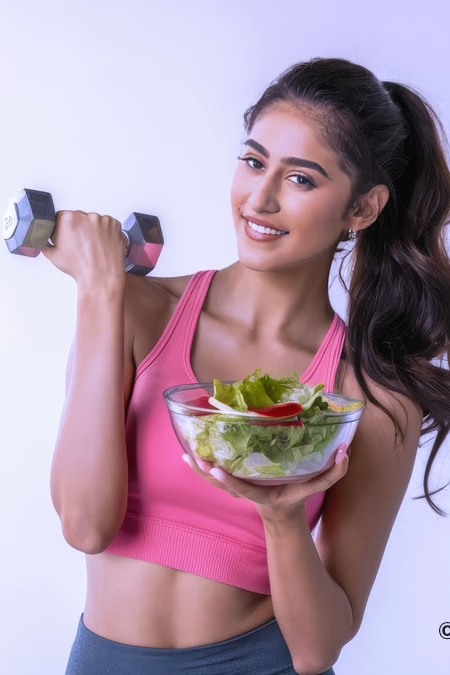Yoga is more than just a form of exercise; it’s a holistic practice that strengthens your body, calms your mind, and enhances your overall well-being. Whether you’re a beginner or a seasoned yogi, yoga offers numerous benefits for building strength, improving flexibility, and achieving balance naturally. In this blog, we’ll explore how yoga helps you achieve these goals and provide tips to get started.
Why Yoga?
Yoga combines physical postures (asanas), breathing techniques (pranayama), and mindfulness, making it a complete package for fitness and mental health. Unlike high-intensity workouts, yoga is gentle on the body while still providing profound benefits over time.
Benefits of Yoga for Strength, Flexibility, and Balance
1. Building Strength
- How It Helps: Many yoga poses require you to hold your body weight, which strengthens your muscles over time.
- Best Poses: Plank Pose, Downward Dog, and Warrior Pose.
- Result: Stronger arms, legs, core, and back without the need for weights.
2. Improving Flexibility
- How It Helps: Yoga stretches your muscles, improves joint mobility, and reduces stiffness.
- Best Poses: Forward Fold, Cat-Cow, and Cobra Pose.
- Result: Increased range of motion and better posture.
3. Achieving Balance
- How It Helps: Yoga improves coordination by activating stabilizing muscles and enhancing focus.
- Best Poses: Tree Pose, Warrior III, and Half Moon Pose.
- Result: Better body alignment and reduced risk of falls or injuries.
5 Beginner-Friendly Yoga Poses to Try
1. Mountain Pose (Tadasana)
- How to Do It: Stand tall with your feet together, arms at your sides, and shoulders relaxed. Engage your core and breathe deeply.
- Benefits: Improves posture and balance.
2. Downward Dog (Adho Mukha Svanasana)
- How to Do It: Start on all fours, lift your hips, and straighten your legs to form an inverted “V” shape.
- Benefits: Strengthens arms and legs while stretching the back and hamstrings.
3. Child’s Pose (Balasana)
- How to Do It: Sit back on your heels, extend your arms forward, and rest your forehead on the mat.
- Benefits: Relaxes the spine and improves flexibility in the hips.
4. Tree Pose (Vrikshasana)
- How to Do It: Stand on one leg and place the sole of the other foot on your inner thigh. Balance and stretch your arms upward.
- Benefits: Enhances balance and strengthens the legs.
5. Cobra Pose (Bhujangasana)
- How to Do It: Lie on your stomach, place your palms under your shoulders, and gently lift your chest.
- Benefits: Strengthens the back and improves spinal flexibility.
Tips for Practicing Yoga
- Start Slow: Focus on mastering basic poses before moving to advanced ones.
- Stay Consistent: Practice for at least 20–30 minutes, 3–4 times a week.
- Breathe Mindfully: Deep breathing enhances relaxation and focus.
- Listen to Your Body: Avoid pushing yourself too hard, especially if you’re new to yoga.
Frequently Asked Questions
Q: Kya yoga beginners ke liye safe hai?
A: Haan, yoga har age group aur fitness level ke logon ke liye safe hai, bas aapko apne body ke signals sunne chahiye.
Q: Flexibility improve karne ke liye best yoga pose kaunsi hai?
A: Forward Fold aur Cobra Pose flexibility improve karne ke liye kaafi effective hain.
Q: Kya yoga se strength build hoti hai?
A: Bilkul, poses jaise Plank aur Warrior Pose body strength naturally build karte hain.
Q: Kya yoga balance improve kar sakta hai?
A: Haan, Tree Pose aur Warrior III jaise poses balance aur coordination improve karte hain.
Q: Yoga practice ke liye best time kya hai?
A: Subah early morning ya shaam ko sunset ke baad yoga karna ideal hota hai.
Conclusion
Yoga is a powerful tool for building strength, flexibility, and balance while nurturing your mental and emotional well-being. By practicing beginner-friendly poses regularly, you can achieve a healthier and more balanced life naturally. Remember, consistency and mindfulness are the keys to reaping the full benefits of yoga.
Disclaimer
This blog is for informational purposes only and not a substitute for professional advice. Consult a certified yoga instructor or healthcare provider before starting a new fitness routine.
References
- Yoga Journal: Benefits of Yoga
https://www.yogajournal.com/ - Healthline: Yoga for Strength and Flexibility
https://www.healthline.com/fitness/yoga-for-strength - National Center for Complementary and Integrative Health: Yoga
https://www.nccih.nih.gov/health/yoga



